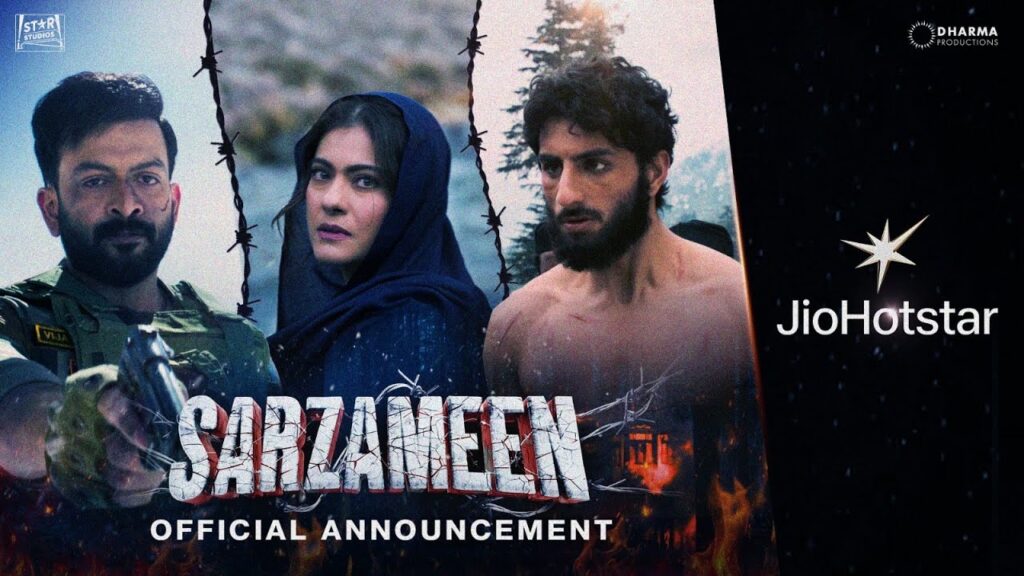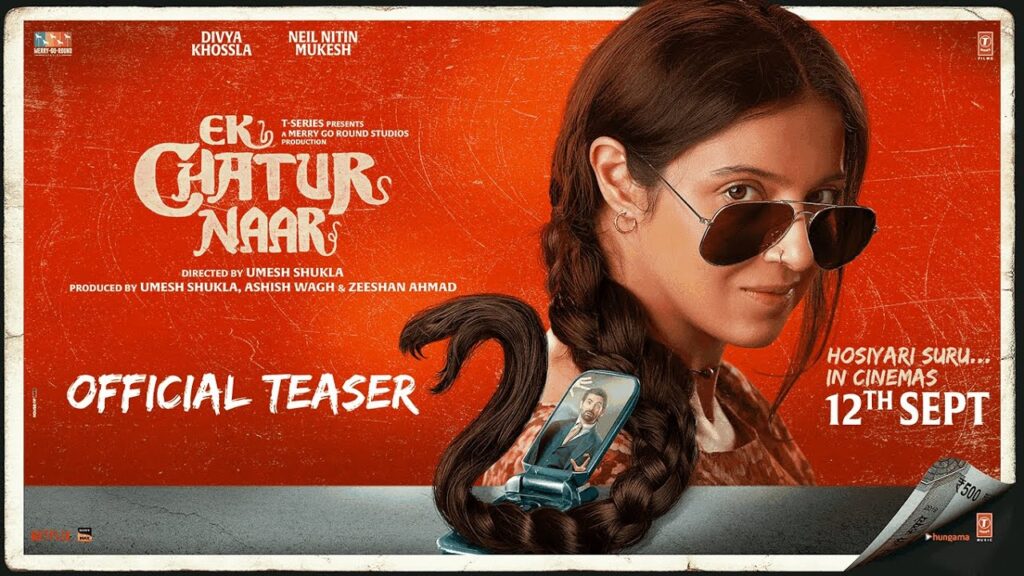Agra Movie 2025 Bappamtv Review Details
Agra 2025 Review: A Raw, Claustrophobic Drama That Hits Hard on Emotions & Dialogue
You know that one movie that stays with you long after the credits roll? Agra is exactly that kind of unsettling, badiya-crafted drama. As someone who’s covered 500+ films over two decades, I rarely come across a Hindi movie that digs this deep into desire, repression, and emotional decay. This one does — and how.
| Emotional Rating | Dialogue Impact | Overall Score |
|---|---|---|
| 4/5 | 4.2/5 | 4/5 |
Rating’s my gut feel—may vary desi-style!
Emotional Resonance: Why Agra Hits Like a Punch to the Chest
The emotional density here is heavy, almost suffocating. Guru’s world is cramped — not just his house but his heart. Every scene pushes you closer to his loneliness and bottled-up desire.
- The frustration of a young man unheard by his family.
- The ache of wanting intimacy but having no space.
- The sting of living in a house full of people yet feeling deeply alone.
- The raw conflict between craving love and drowning in shame.
Insight: The film uses silence as its most powerful emotional weapon.
Takeaway: Quiet moments hurt more than loud arguments in Agra.
Dialogue Delivery: Sharp, Uncomfortable, and Too Real
As someone who has spent 20 years studying dialogue-heavy Indian cinema, Agra stands out for one big reason — its conversations feel painfully real. No polish, no dramatic theatrics. Just truth.
Guru’s breakdowns carry lines like “Main kis se baat karu?” that echo long after the scene ends. Priti’s calm confrontation, Mala’s soft-spoken firmness, Daddy Ji’s passive-aggressive quips — they all land with weight.
- Dialogues often cut mid-sentence, mirroring everyday fights.
- Awkward pauses show more than spoken lines.
- Arguments unfold like real middle-class chaos.
- Even whispers carry emotional fire.
Insight: Behl uses broken sentences to mirror broken relationships.
Takeaway: The film proves that the most painful dialogues are the ones left unsaid.
The Characters That Carry the Emotional Load
I think the casting is one of the strongest reasons Agra feels so lived-in. Every performer sinks into the emotional grime of this household without glamorizing it.
| Character | Actor | Emotional Weight |
|---|---|---|
| Guru | Mohit Agarwal | High |
| Priti | Priyanka Bose | Medium–High |
| Daddy Ji | Rahul Roy | Medium |
| Mummy Ji | Vibha Chibber | Medium |
Insight: Each character adds a layer to Guru’s emotional suffocation.
Takeaway: The film thrives on uncomfortable, honest performances.
Relatable Themes: The Film’s Heart Beats in Its Pain
Agra isn’t trying to be universally appealing. It’s too real for that. But its themes hit home, especially for Indian audiences who understand family pressure, emotional walls, and social appearances.
| Theme | Resonance Level | Why It Connects |
|---|---|---|
| Desire vs. Shame | High | Common struggle in conservative households |
| Family Expectations | Medium–High | Root of emotional conflict |
| Loneliness | High | Guru’s core emotional state |
| Patriarchal Dysfunction | Medium | Every corner of the house shows it |
Insight: The house itself becomes a character representing emotional rot.
Takeaway: Agra proves that physical spaces can store trauma.
The Social Buzz: What Viewers Are Saying
People online are divided — and that’s expected from a film this raw. But the emotional conversations around it are growing fast.
- Some call it “gut-wrenching but brilliant.”
- Others feel it’s “too disturbing but important.”
- A lot praise the authenticity of Guru’s emotional collapse.
- Cinephiles admire the uncomfortable honesty.
| Platform | Viewer Mood | Common Reaction |
|---|---|---|
| Mixed | “Hard to watch but necessary.” | |
| Letterboxd | Positive | “Emotionally raw masterpiece.” |
| High engagement | “Performances are fire.” |
Insight: Agra triggers strong emotional debates online.
Takeaway: It’s the kind of film audiences argue about — not forget.
Emotional Build-Up Through Technical Craft
Even though the focus here is emotion and dialogue, the technical finesse deserves a nod, because it amplifies the emotional punch.
Saurabh Monga’s cinematography feels tight, trapping you with Guru. The editing by Samarth Dixit and Nitin Bhatia keeps your nerves tense. Parul Sondh’s production design gives the house a decaying personality.
Insight: Technical craft enhances emotional suffocation.
Takeaway: You don’t just watch Agra — you feel stuck inside it.
Music & Songs: Soft, Sad, and Quietly Effective
The background score barely whispers, but that’s what makes it work. The songs blend with the film’s emotional weight — they don’t distract, they deepen.
- Nayi Si Zindagi – gentle but haunting.
- Tham Gayi – slow, atmospheric, emotionally heavy.
Insight: The soundtrack leans into silence instead of noise.
Takeaway: Music here is mood, not melody.
Cast & Crew Table
| Role | Name |
|---|---|
| Director | Kanu Behl |
| Writers | Kanu Behl, Atika Chohan |
| Cinematography | Saurabh Monga |
| Editing | Samarth Dixit, Nitin Bhatia |
| Production Design | Parul Sondh |
Final Thoughts: A Difficult Movie, But Worth the Bruise
Agra isn’t meant to be comfortable. It tears open emotional wounds and holds them close to your face. But I think that’s what makes it memorable. Movies like this push Indian cinema forward by daring to show truth without filters.
Insight: The emotional damage depicted feels painfully real.
Takeaway: Watch Agra if you want cinema that challenges you, not entertains you.
FAQs
Q1. Is Agra suitable for family viewing?
A1. Not at all. The themes and emotional intensity make it strictly for mature audiences.
Q2. What makes the film emotionally strong?
A2. The raw performances, suffocating setting, sharp dialogues, and silent tension build an emotional slow-burn.
Q3. Does the movie have memorable dialogues?
A3. Yes, many lines hit hard because they reflect everyday emotional wounds rather than filmy drama.










